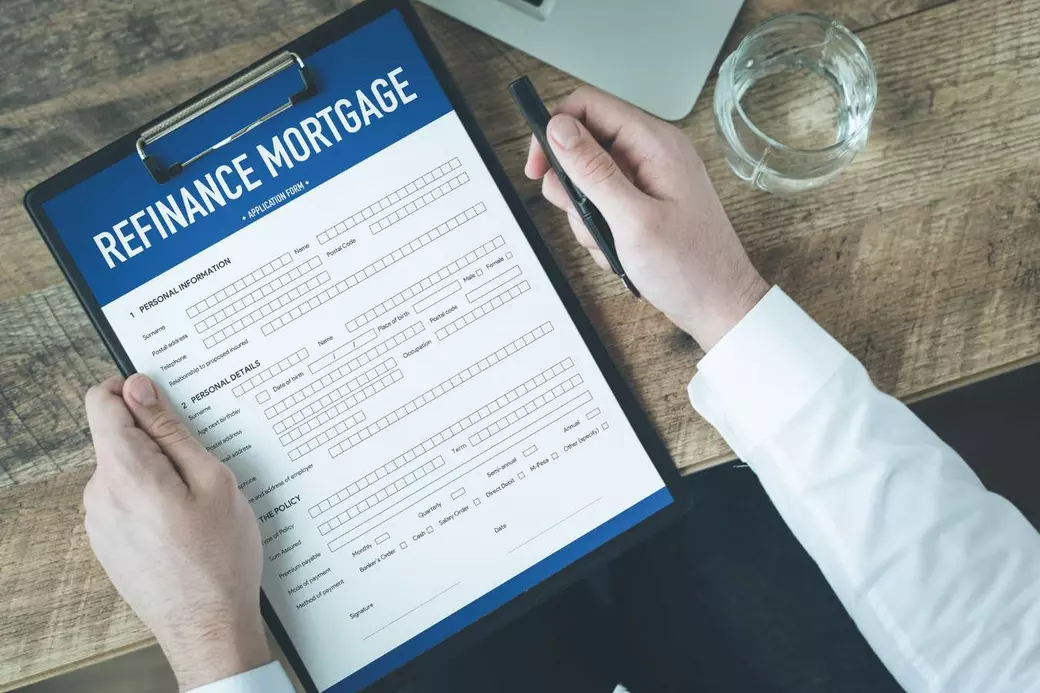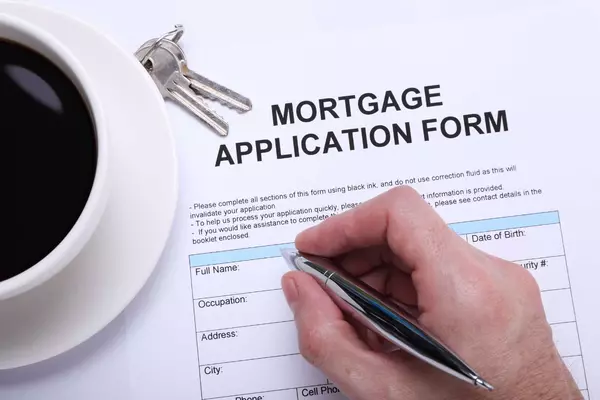Refinancing 101: When, Why, and How

Refinancing can be a powerful financial tool, potentially lowering monthly mortgage payments, shortening loan terms, or accessing your home’s equity. But understanding when and why to refinance—and knowing how to get started—is essential. Here's a guide to help you make an informed decision.
What is Refinancing?
Refinancing replaces your current mortgage with a new one, ideally with better terms. The new mortgage pays off your existing loan, and you’ll make payments on the new mortgage under its updated terms. Homeowners consider refinancing for several reasons, from reducing interest rates to accessing cash for big expenses.
When Should You Refinance?
Timing matters in refinancing. Here are some scenarios where it might make sense:
- Interest Rates Have Dropped: If mortgage rates are significantly lower than when you first took out your mortgage, refinancing can reduce your monthly payment and the amount you’ll pay in interest over the life of the loan.
- Your Credit Score Has Improved: A higher credit score can help you qualify for lower rates. If you've worked on improving your credit, refinancing might be a good option to explore.
- Want to Switch Loan Terms: Some borrowers prefer shorter loan terms to pay off their homes faster, while others extend their terms to reduce monthly payments. Refinancing allows you to adjust your mortgage term.
- Need to Convert Between Fixed and Adjustable Rates: You might want to switch from an adjustable-rate mortgage (ARM) to a fixed rate if you’re looking for more predictable payments, or from a fixed-rate mortgage to an ARM if you want to lower your payment temporarily.
- Want to Tap Into Home Equity: With a cash-out refinance, you can access your home’s equity to fund big expenses like home renovations, education, or debt consolidation.
Why Should You Refinance?
Refinancing can offer several benefits, depending on your financial goals and life stage.
- Lower Monthly Payments: Refinancing to a lower interest rate or extending your loan term can reduce your monthly mortgage payment, giving you more room in your monthly budget.
- Save on Interest Over Time: A lower rate or a shorter term means you’ll pay less in interest over the life of the loan, which can result in significant savings.
- Access Equity for Other Goals: A cash-out refinance gives you access to cash based on your home’s equity. Many homeowners use this option to fund renovations that increase property value or to pay for major life expenses.
- Eliminate PMI: If you initially purchased your home with less than a 20% down payment, you might be paying private mortgage insurance (PMI). If your home’s value has increased, refinancing might allow you to remove PMI, saving you even more.
- Debt Consolidation: Refinancing can sometimes help consolidate high-interest debt into a lower-interest mortgage, simplifying payments and potentially reducing the amount paid on debt overall.
How to Refinance Your Mortgage
Refinancing follows a similar process to obtaining your initial mortgage. Here’s a step-by-step guide to get you started:
- Evaluate Your Financial Situation: Start by reviewing your credit score, income, and current home equity. These factors will determine your refinancing options and rates.
- Set Your Goal: Are you looking to lower your monthly payments, access equity, or pay off your mortgage faster? Clarifying your goal will help you choose the right type of refinance.
- Shop Around for Lenders: Different lenders offer different rates, fees, and terms. Working with a knowledgeable loan officer can simplify this step by finding the best refinancing options to meet your needs.
- Lock in Your Rate: When rates are favorable, it’s a good idea to lock in a rate with your lender to protect against fluctuations during the refinancing process.
- Prepare for Closing Costs: Refinancing comes with fees, which may include an application fee, appraisal, title insurance, and more. These costs are usually 2-5% of the loan amount. Sometimes, lenders offer "no-closing-cost" options by rolling fees into the loan.
- Finalize the Loan: Once approved, your lender will schedule a closing, similar to when you first purchased your home. After closing, your old mortgage is paid off, and you’ll start making payments on your new loan.
Is Refinancing Right for You?
Refinancing can offer many advantages, but it's not for everyone. Consider your long-term financial goals, the costs involved, and how long you plan to stay in your home. Your loan officer can guide you through the process and help you decide if refinancing is a smart move for you.
Refinancing might seem complex, but with the right loan officer by your side, it can be a smooth, rewarding process. Contact us today to see if refinancing could benefit you!
Categories
Recent Posts










